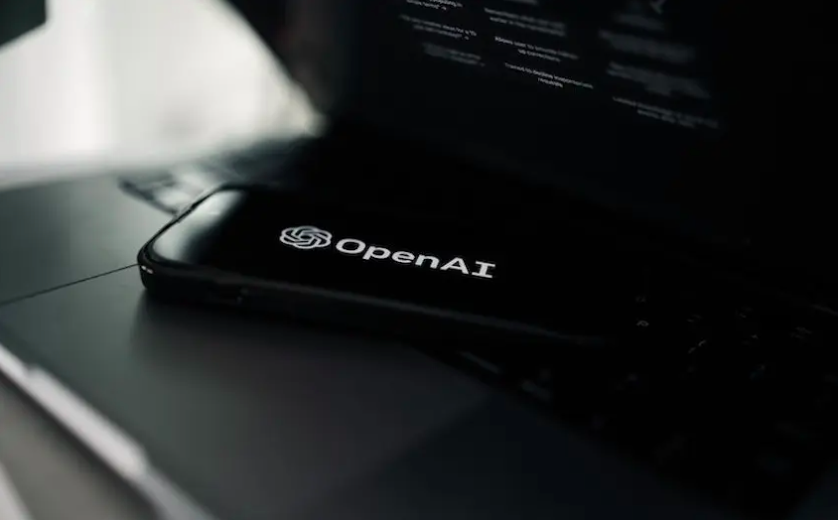Last fall, Chat GPT — an artificial intelligence (AI) chatbot — was launched by San Francisco-based OpenAI. It drew a line in the sand between a world with, and without, publicly available AI and, in less than a week, more than 1 million users were signed up. They used this AI to do everything from writing school essays, to writing website and software code, to building meal and fitness plans with a single prompt.
Minds were blown. Excitement grew, as did fear, and many questions emerged as AI jumped into the mainstream, pulling data from digitally accessible, text-based information sources to come up with answers to questions and results for tasks (note: it parses information that existed at the time of ChatGPT’s training, prior to 2021).
The real estate industry has typically been slow to adopt new technologies, but there has already been some buzz as forward-thinkers try to understand how AI could impact their business — and the industry — moving forward.
In this article, I will break down how you might think about this new innovation, and prepare yourself for a future that might look very different. Let’s start with some tech basics, both in general and specifically for real estate. When thinking about the importance of technology, I like to break it into two categories: workflow and data.
Workflow
I built my first intranet in the early 2000’s. The goal of that build — and most since then — has been workflow automation to create efficiencies, such as doing work processes faster and with more accuracy, eliminating opportunities for human error, and leveraging the ability to compare data points to introduce triggers for quicker decision making. The primary goal of these workflow systems was to save money by reducing costly errors or creating efficiency, generally measured against human wage savings.
Even now at AVESDO, by digitizing many new home development sale processes, we provide value to our clients via error/risk reduction, and minimizing costly administrative personnel. In more recent years, we have expanded our workflows to increase strategic automations and processes. These have made executive-level decisions more efficient, requiring fewer senior-level experts to manage, further reinforcing the cost side of the equation whilst adding revenue-optimization opportunities. The value of these more advanced workflows are almost directly proportional to the amount of data they analyze and process within the workflow automation. This will only become increasingly more sophisticated.
Data
The other side of the workflow coin is data; data can be both qualitative and quantitative, and forms the basis for software/computer operations. Very simply, a computer can be programmed to collect and store data, which it will use to perform certain functions or automations. At AVESDO, we collect over 300 data points from a purchase and sale agreement, which the system uses to create workflow automations, or display within reporting in other platform areas.
In early days, these data points were limited, and over the years they’ve grown in both the volume and breadth collected. Software is now able to do complicated data references and associations within seconds, leveraging increasingly large data sets. The limitation and useability are largely related to data cleanliness — and a human’s ability to define the software’s logic path. That is, an expert must understand what data points are relative and relevant to each other, in order to program a computer to automate those connections.
As an example, our early AVESDO system could enter the price of something and then display that price in multiple locations and reports, and use it to automate the calculation of taxes and other workflows in other locations. Newer software could create further automations around that price point, or pull the data from other systems and databases to create new data points or provide preprogrammed analysis, dramatically speeding up decision-making.
Looking ahead
Understanding these concepts, let’s explore AI’s workflow and data impacts. It’s easy to imagine the first part: in workflow, there are already significant advancements happening in AI and its predictive modeling and analysis.
In the last year, we have already started moving in this direction with the implementation of our demand analytics features. This allows clients to intake demand requests/data, which the system uses to provide a building heat map, facilitating yield management decision automation. With the implementation of AI language models like ChatGPT, it’s easy to imagine a scenario where you might ask the system to “optimize my building to balance an even distribution of inventory while maximizing revenue,” or “based on selection requests submitted, price each unit to maximize absorption,” or ask: “based on past sales performance, who is the best realtor to sell the last remaining units?” – among many other exciting queries.
The issue is going to be with the second half of the equation data. As an example, I asked ChatGPT some of those questions, and received the following result:
“I don’t have access to current real estate market data, so I can’t give you a precise estimate. However, I can suggest some general guidelines that can help you arrive at a reasonable range.”
It proceeded to give me a list of the factors I would consider to answer the question. And based on my 20 years experience selling new homes, I can tell you, it was bang-on accurate with what those factors were, showing me that if it had the data, it could easily do it for me.
The problem is that there is no database or dataset that exists today that an AI could reference to easily answer these questions. Especially in the new home segment of the market, where there is no MLS, nor a central database of transactions — and there may never be.
So, therein lies the clue to where our market may go moving forward. There are many questions — from pricing, to yield management, to optimizing distribution — that ChatGPT or other AI language models could answer easily today, changing the new home development industry forever… but it would have to have the data to do so. The future is in the data.
Therefore, the most important trend we are likely to see in new home development sales will be the collection and creation of relevant datasets an AI could reference to answer questions and perform functions. Those datasets may be built around pricing, inventory, unit-related data that may be fed in through construction- or development-focused softwares, and other sources.
At AVESDO, we continue to emphasize the importance and priority of data for our clients, and we are focused on improving their ability to collect it, manage it, and use it to make important decisions that will save or make money. We really believe their power is in their data.
We are working on many new features to help clients capture or input important data points and workflows that leverage the data they already have. We are excited to arm our clients with the tools they need to leverage the very real and exciting power of AI, as it becomes more integrated into our day-to-day lives.
Call us today to speak to one of our experienced Real Estate Technology Advisors and find out how we can help you harness the power of your data and future proof your sales process.
This article is authored by Ben Smith, President of AVESDO: a Canadian software company harnessing the power of data to help real estate professionals make better, faster, and more informed sales decisions.




